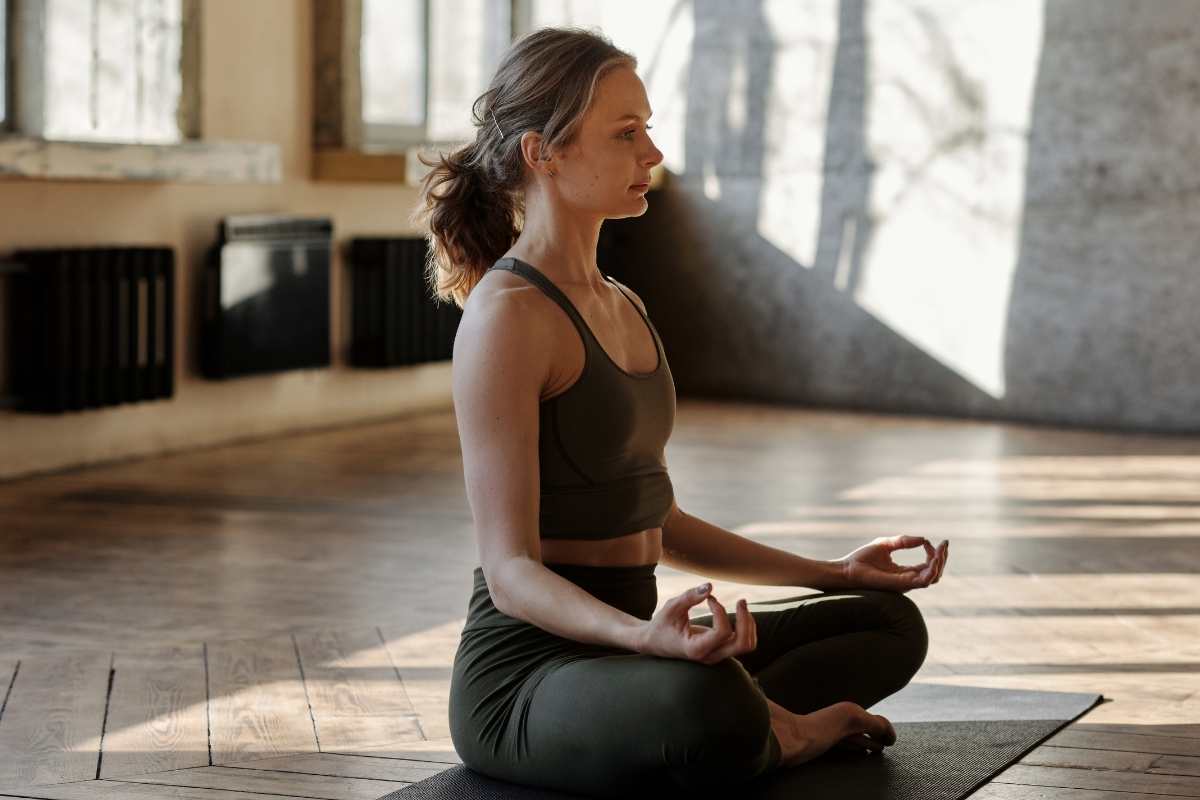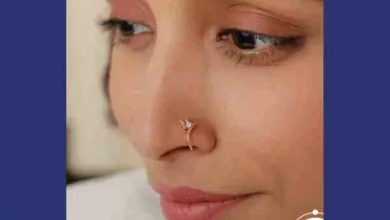Yoga For Cancer Patients: Why & How?

Cancer is a prevalent life-threatening disease. As per the 2020 data, there were approximately 18.1 million cancer cases globally. Keeping the rising incidence in mind, experts have introduced effective medicines and therapies to manage a variety of cancers.
Plus, complementary therapies have established relevance in this regard. Yoga is one of these. No doubt, the asanas help maintain a peaceful mind and a healthy body. Ongoing studies put light on the importance of Yoga in cancer patients’ lives. Here’s why and how you must indulge in yoga.
Improves Physical Symptoms
Due to the consumption of restricted diets and medicines during cancer treatment, many physical symptoms begin to bother. Some common examples include weight loss or gain, swelling in the hands and legs, and frequent fractures. These events might influence your overall health. To combat them, you can adopt yogic activities relevant to your condition.
Bridge pose or Setu Bandha Sarvangasana to reduce swelling: Lie down on your back and lift your knees upwards so that your feet lie straight on the mat or floor. Now, push your hips upwards to form a straight plank starting from your chest to knees. Keep your hands straight on the floor. Inhale, exhale, and slowly relax to the normal position.
Warrior pose II or Virabhadrasana II to prevent fractures: Face on one right of your mat while standing straight. Strength both the legs as per your flexibility and bend your right knee to make an angle between 90 to 110 degrees approx. Open your hands wide and maintain the posture. Inhale, exhale, and relax slowly.
Manages Tiredness
Experts link yoga with decreased tiredness in cancer patients. It helps manage fatigue that otherwise can’t be reduced with rest or over-the-counter medicines. Most of such yoga asanas don’t require any specific instruments or equipment. One can perform easy activities at home with no special preparations.
Cobra pose or Bhujangasana to manage tiredness: It strengthens your spine and stretches your lungs and chest. To practice this pose, lie down on your stomach on a mat. Place your arms on the mat parallel to your shoulder so that you’re lifting some weight on them. Hold your neck in an impartial position.
Also Read: Five Benefits Of Digital Health Systems
Reduces Sleep Problems
About 30% of cancer patients globally may experience sleep problems. This is due to a number of reasons like physical and mental stress, high doses of chemotherapy drugs, cancer pain, and other symptoms of the disease. Plus, several studies show the connection between yoga activities and improved sleep quality and duration.
Child pose or Balasana to reduce sleep problems: Sit on your knees on a mat. Open your knees as wide as possible and rest your stomach in the space. Finally, rest your forehead on the mat ahead of your thighs. Relax, inhale, and exhale.
Relieves Chemo Side Effects
As you may know, chemotherapy kills cancer cells in your body. Chemo drugs like Cisplatin, Carboplatin, Doxorubicin, etc. may lead to severe effects during the treatment period. These usually include muscle weakness, pins and needles feeling, and body aches. To relieve these side effects, yoga activities or other palliative care therapies might be used. Yoga helps in reducing the risk of falls (caused by weakness), stimulates your body balance, and encourages flexibility.
Plank pose or Santolanasana to reduce chemo side effects: Lie down on your stomach on a mat or floor. Use your palms to lift your buttocks and chest upwards by pressing your toes on the floor. When you try this pose for the first time, you may not be able to stay in the position for a desirable period. Don’t worry; the more you try, the more you’ll excel!
Lowers Cancer Pain
Cancer pain is something serious. Like, you must have come across people saying their pain is sometimes mild, severe, moderate, constant, or intermittent. That depends upon how bad their tumor is and how strong medicines they’ve been taking for how much time! But, we have a number of OTCs in the market to manage pain. No medicine though may provide relief as compared to yoga.
Downward facing dog pose or Adho Mukha Svanasana for pain relief: Stand straight with the hip-width distance between your knees. Now, kneel on the floor and press your palms into the mat or floor. Straighten your knees and elbows completely. Don’t put your heels off the floor. Make sure that you’re in such a position that your ears touch the inner arms.
Boosts Mental Health
Stress and anxiety are both common in patients living with cancer. Their mental health is influenced to a greater extent. Certain studies have shown the relevance of yoga for improvements in distress, negative thoughts, low self-esteem, and depression. Some poses can even make you happy.
Camel pose or Ushtrasana to boost mental health: Stand comfortably on your knees keeping your thighs straight. Push yourself in the backward direction and lean hips in the forward direction. Hold the feet with your hands and maintain the posture. Make sure to bend the head in the backward direction without over-stressing or straining.
Lowers Chance of Recurrence
Cancer recurrence is one of the major issues feared and faced by patients. Cancers like leukemia, lymphoma, and melanoma are most likely to recur. Though, one can prevent cancer recurrence to some extent. Besides eating a well-balanced diet and limiting alcohol, you can take up physical exercises and yogic activities. Yoga helps not only in keeping your mind healthy but also makes you physically sound and active.
Cow face pose or Gomukhasana to prevent cancer recurrence: Sit on the mat with your back straight. Gently place your right lung under your left thigh just like a full-leg criss-cross. Make sure that your knees are stacked one over the other. Now, raise your right arm and bend the elbow backward while keeping your face straight. Lock your right-hand fingers with the left-hand fingers and maintain the posture. Inhale, exhale, and relax slowly.
Yoga can prove to be transformative if done rightly. If you think certain yoga poses are tough or require high physical potential, contact a yoga instructor for help.











